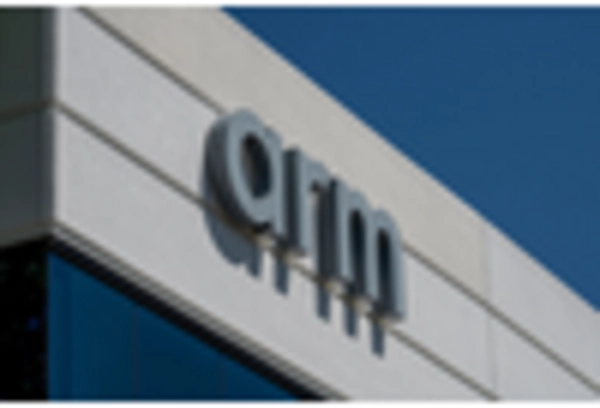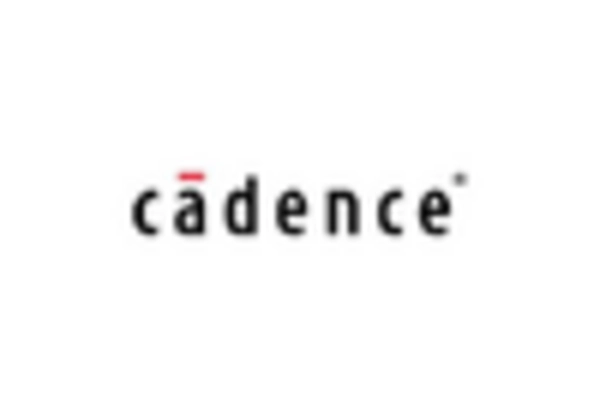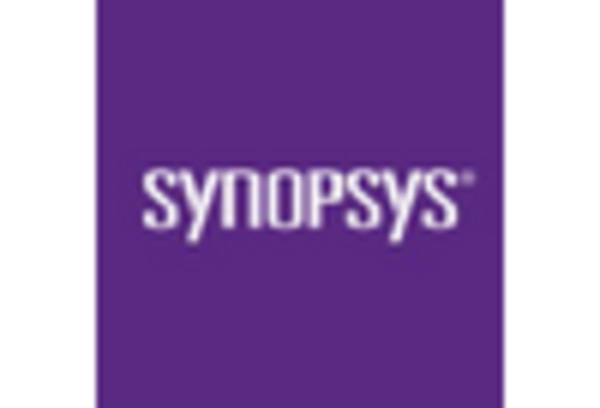Market Analysis
In-depth Analysis of Semiconductor IP Market Industry Landscape
Market dynamics shape the Semiconductor IP (Intellectual Property) market's growth, competitiveness, and direction. One of the main dynamics is rapid technology advancement. Complex semiconductor designs require improved IPs to meet changing requirements. Dedicated semiconductor IPs for AI, machine learning, and 5G technologies are needed due to the market's persistent pursuit of innovation. Technology is constantly changing, therefore organizations must be proactive in research and development to stay relevant.
Demand is another important Semiconductor IP market factor. Demand for semiconductor IPs is directly tied to electronic device demand across industries. Market dynamics change with customer preferences and new technologies.
Global economic variables influence Semiconductor IP market dynamics. Economic conditions affect consumer spending, corporate investments, and company activity. Economic downturns may diminish electronic device spending, reducing semiconductor IP demand. However, economic growth may spur technology and innovation investments, creating demand for more advanced semiconductor designs. Companies in this sector must adapt to these economic dynamics to succeed in a dynamic business environment.
Semiconductor IP market dynamics depend on semiconductor industry collaboration. To solve design complexity and stimulate innovation, semiconductor IP providers, manufacturers, and end-users must collaborate. Strategic alliances, partnerships, and joint ventures let semiconductor ecosystem entities create synergies and leverage their capabilities. Collaboration is a dynamic market factor that affects competitiveness and market positioning.
Process and manufacturing innovations affect the Semiconductor IP industry. Advanced semiconductor manufacturing nodes like 7nm and 5nm enable smaller, more power-efficient circuits. This affects semiconductor IP design and capabilities. In response to the industry's demand for smaller and more powerful devices, the market seeks more efficient manufacturing procedures to build high-performance and energy-efficient semiconductor IPs.
Intellectual property rights and licensing dynamics are important in the semiconductor IP business. Companies developing innovative semiconductor IPs need intellectual property protection to secure their innovations. Semiconductor IP suppliers' revenue streams depend on licensing models such royalty-based and upfront payments. Companies must adapt their licensing strategy to changing market conditions and client preferences to strike the optimal balance between intellectual property protection and collaboration.














Leave a Comment